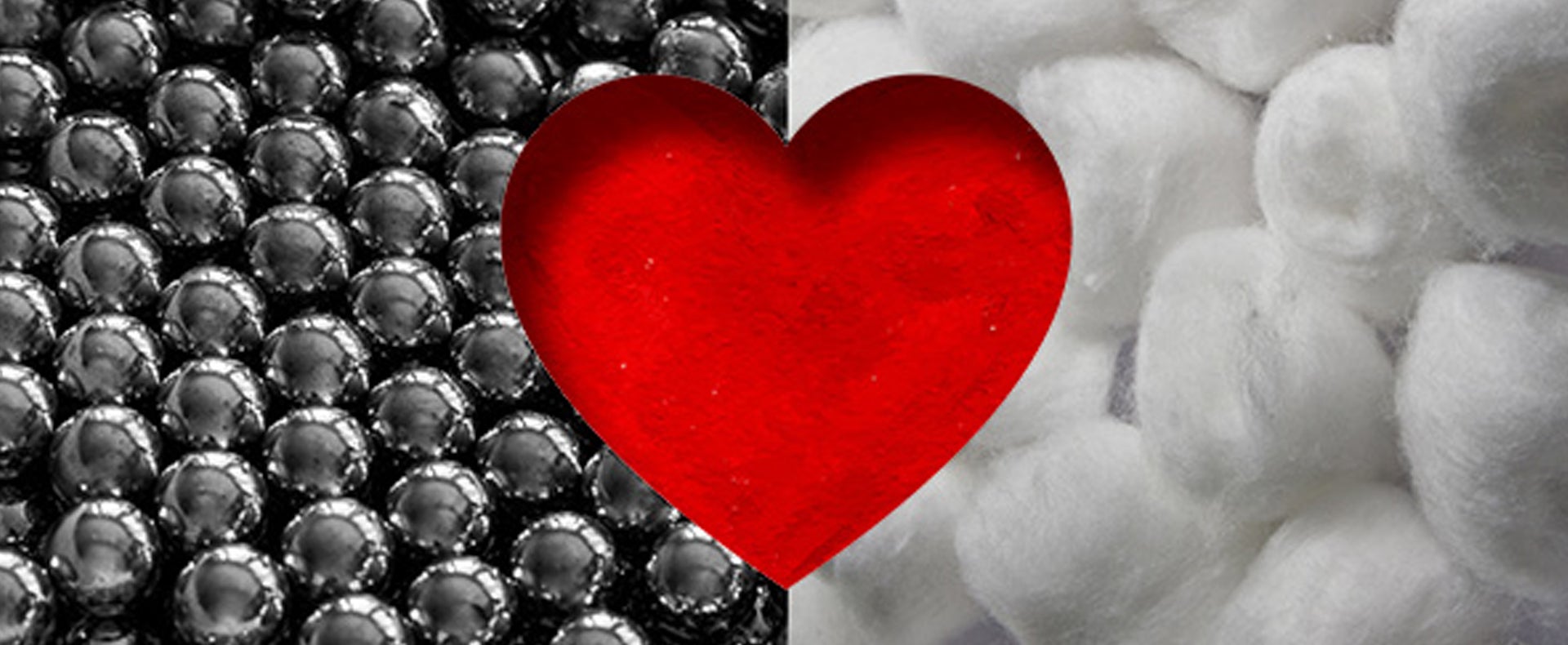A podcast listener recently asked me that question, and it’s a perfect illustration of how the cholesterol conversation has changed.
A generation ago, patients only heard whether their cholesterol was high or low. Now, most people understand there’s actually “good” and “bad” cholesterol, and your annual physical measures both HDL and LDL.
But what exactly do those tests mean?
Cholesterol travels through your bloodstream in little packages called “lipoproteins.” Lipoproteins are categorized by how dense they are, hence the common names: high-density lipoproteins (HDL) and low-density lipoproteins (LDL).
While most people associate high cholesterol with heart disease, it’s important to understand the positives, too! Your body needs cholesterol to make hormones and vitamin D, plus regulate your digestive system.
Medical professionals often refer to HDL as “good” cholesterol because its job is to round up dangerous lipoproteins before they can do any harm. Of course, where there’s a hero, there’s gotta be a villain, right? In this case, the baddie is traditionally LDL.
Dividing the world into good guys and bad guys is convenient, but the human body is a lot more complex than an old Western movie!
In the past, doctors thought all LDL was the same, so it was easy to call it “bad” cholesterol and encourage patients to keep their levels lower. However, it turns out LDL isn’t quite so straightforward…
To understand why, imagine yourself standing in front of a pristine, newly painted wall.
You have two jars: one full of little metal BBs and one full of big fluffy cotton balls. Your job is to pick a handful of one or the other and throw it at the wall as hard as you can.
If your goal is maximum destruction, you’re clearly going for the BBs! Their effect on the wall of a room is the same as the effect harmful LDL has on the walls of your arteries. With every heartbeat, those small, hard bits of LDL cause pitting that can eventually lead to heart attack or stroke.
But LDL actually comes in two varieties. Just like the jars in our metaphor, LDL can be small and dense (like the BBs) or big and fluffy (like the cotton balls). It’s only the small, dense particles that carry increased risk of coronary disease.1
Traditional cholesterol testing doesn’t measure particle size and density. That means your annual physical is missing an important part of the story!
If your HDL levels are healthy (over 60 mg/dL) and your triglycerides are low (I prefer under 100 mg/dL, but ideally 75 or less), elevated LDL alone isn’t cause for concern. Instead, that means it’s time to request a cholesterol fractionation test to find out more about the size and density of your cholesterol particles.
And before you reach for a prescription, you should know that research now proves taking statins – medications that lower your cholesterol – actually increases your risk of heart attack and stroke!2
To understand why and learn two easy, natural ways to lower your cholesterol without potentially deadly side effects, read Part 2 of our cholesterol blog mini-series: How to Improve Your Cholesterol Levels Naturally with Diet.
We love JJ’s analogy for understanding the good and bad guys in the story of cholesterol in the Wild West of our blood system. Heart health takes center stage during American Heart Health month this February. Regular use of a Sunlighten infrared sauna, as part of a healthy lifestyle, can be good for your heart! Learn more about how infrared saunas help circulation here.


